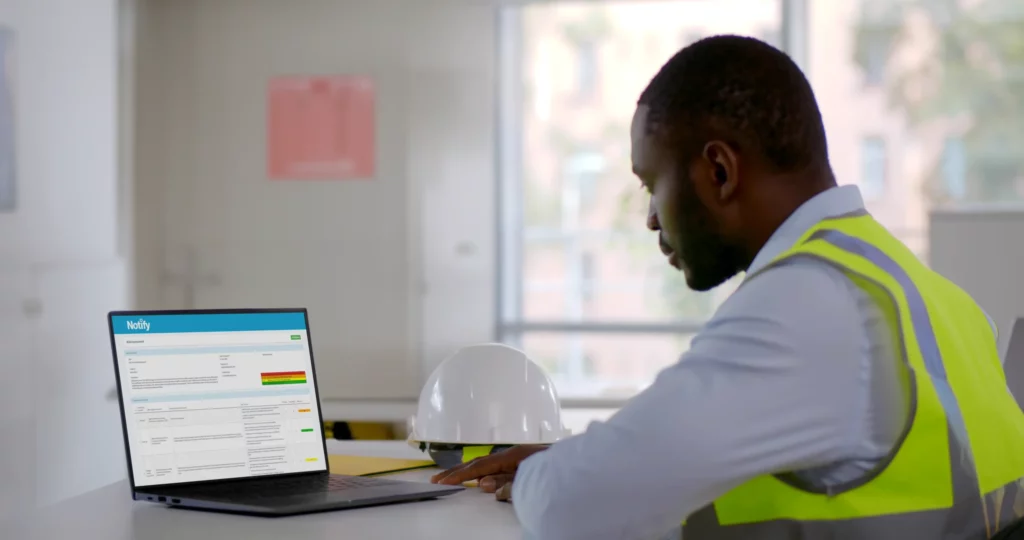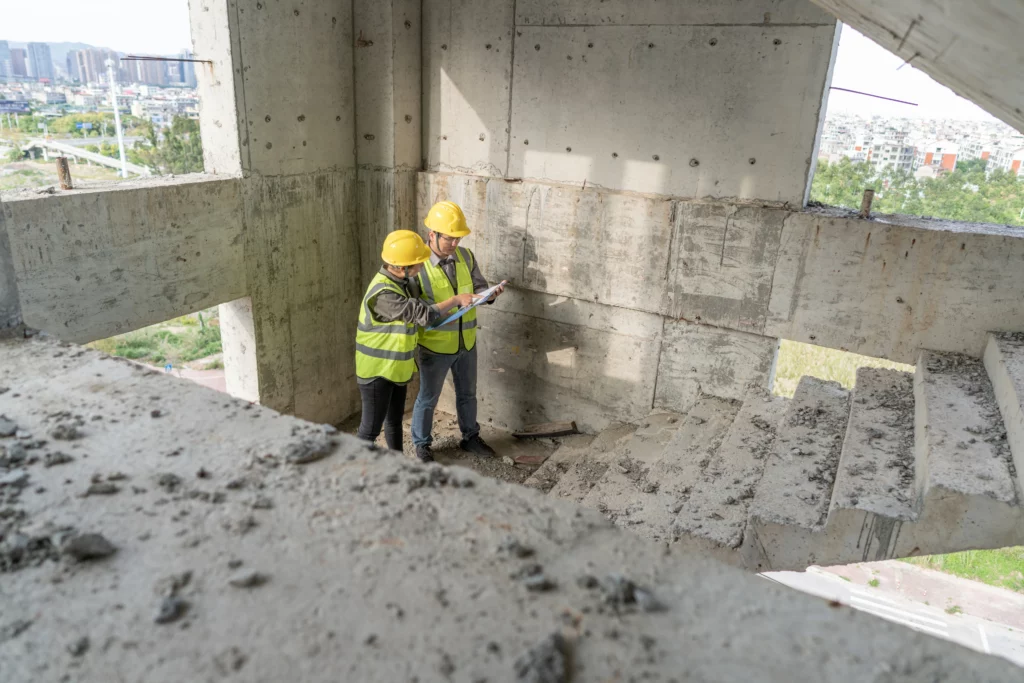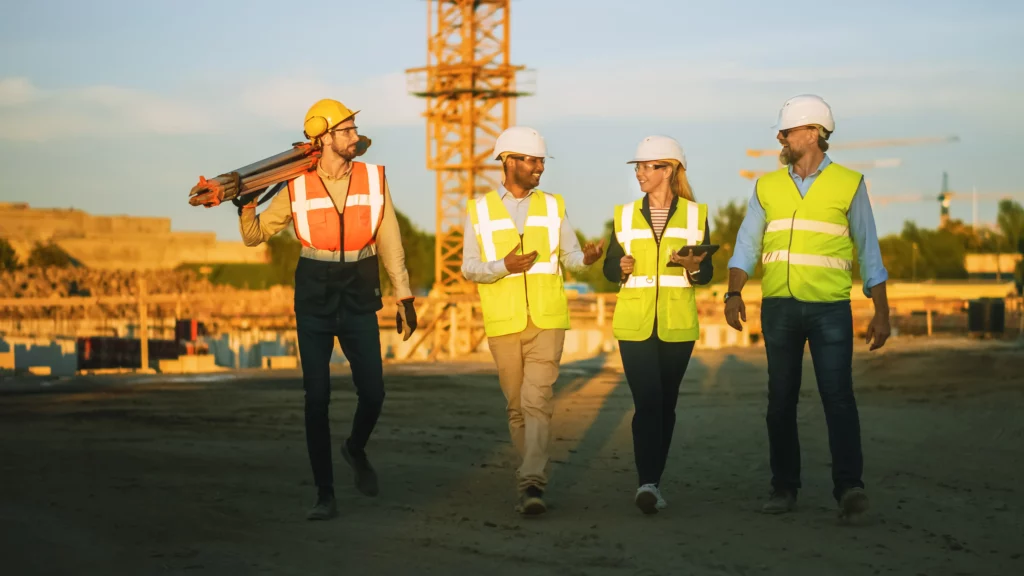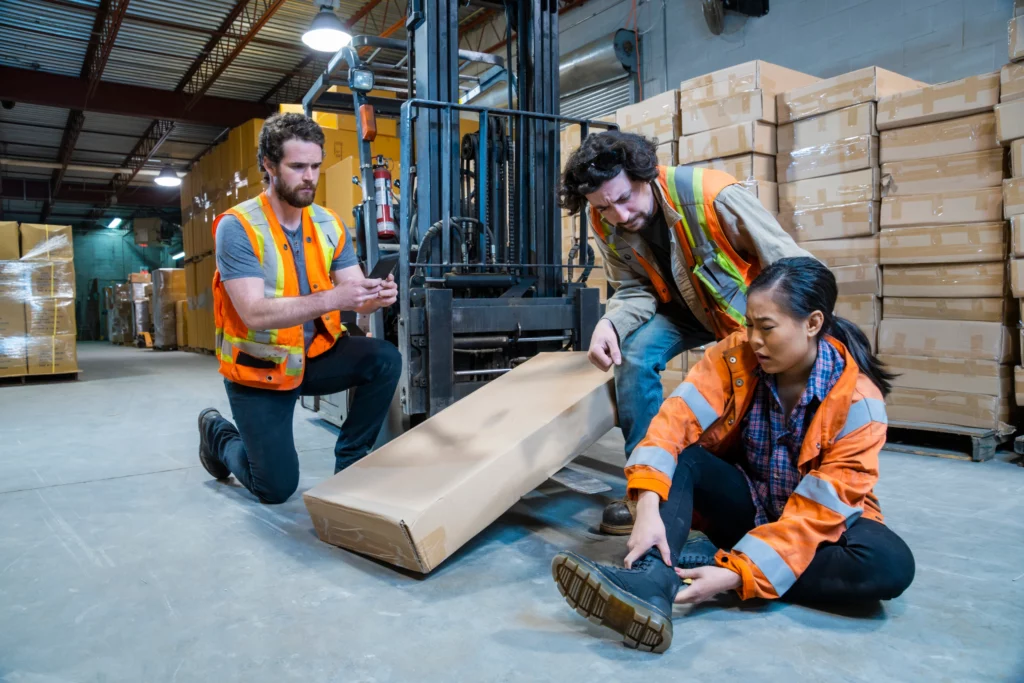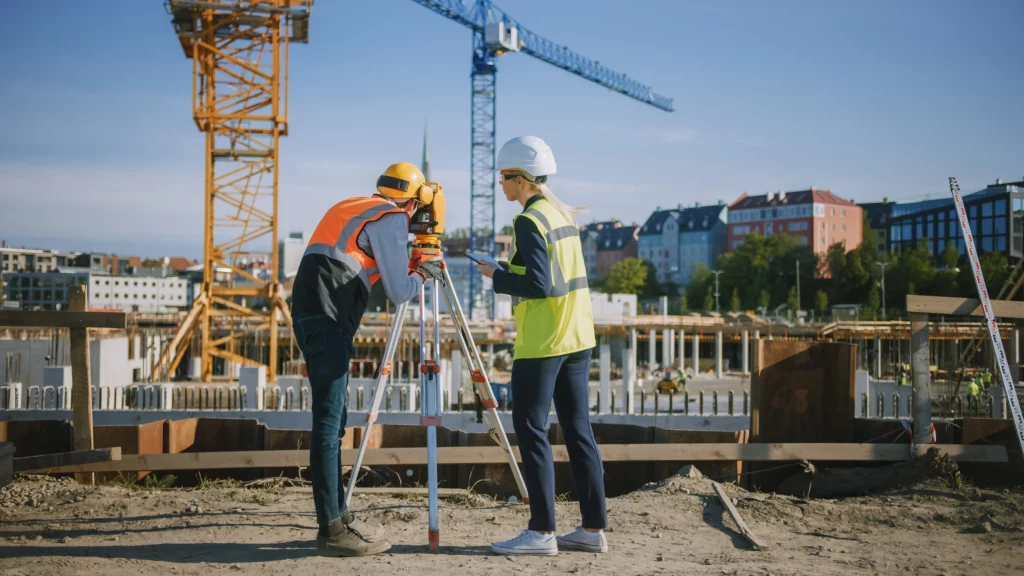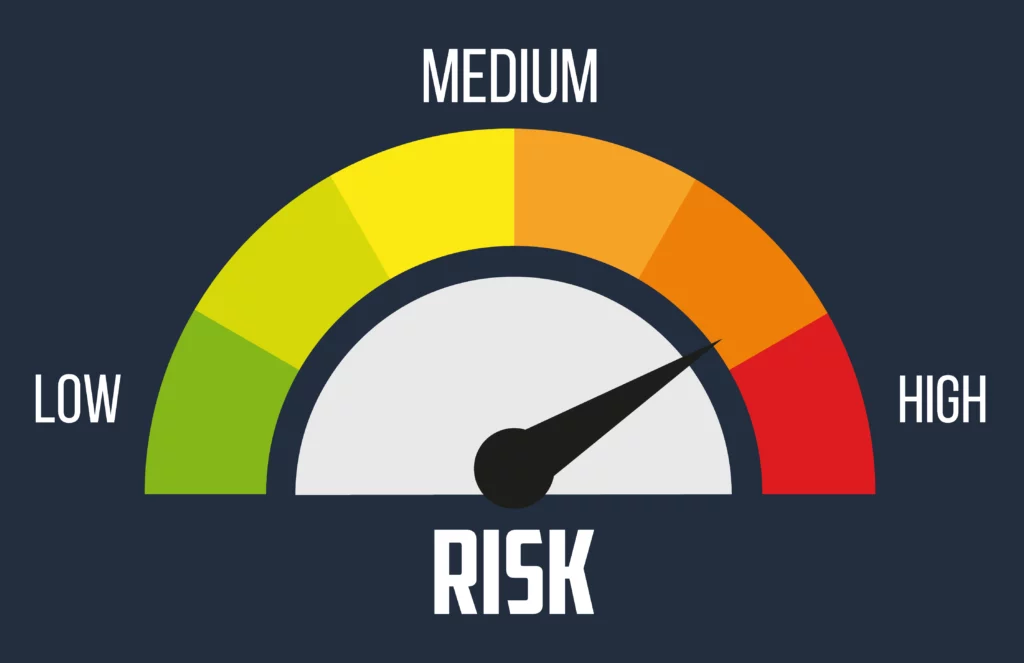The Essence of Health and Safety Competence
Billy Joel modestly confessed – “I am, as I’ve said, merely competent. But in an age of incompetence, that makes me extraordinary.” Whether we live in an age of incompetence or not, perhaps being merely competent is all that anyone needs to be.
The Oxford English Dictionary defines competence as simply: “the ability to do something successfully or efficiently”.
“Competence” is a very significant concept in health and safety compliance so how it is assessed and explained by the Health and Safety Executive (HSE), and the way in which the courts have interpreted the issue, is worthy of a closer review.
Interestingly, for something so apparently important, there is a real paucity of case law which makes drawing out a conclusive definition less straightforward than might be expected. In those circumstances, it seems sensible to move on from the dictionary and start with what the body tasked with assessing competence in an enforcement context thinks it means.
The HSE says:
“Competence can be described as the combination of training, skills, experience, and knowledge that a person has and their ability to apply them to perform a task safely. Other factors, such as attitude and physical ability, can also affect someone’s competence.”
Judith Hackett, the HSE’s Chair adds lycra to the mix and stretches the concept right out:
“Competence is the ability for every director, manager and worker to recognise the risks in operational activities and then apply the right measures to control and manage those risks.”
I demur somewhat with Judith’s interpretation and would invite her to point to precisely where the law has ever defined competence in these terms.
The HSE though, sets out what most would agree is the standard approach to defining the concept – reflecting regulation 7(5) of the Management of Health and Safety at Work Regulations 1999: “A person shall be regarded as competent…where he has sufficient training and experience or knowledge and other qualities to enable him properly to assist in [meeting statutory health and safety duties].
Why is competence important? Non-exhaustively:
- Regulation 7 of The Management of Health and Safety at Work Regulations requires employers to appoint a ‘competent person’ to help them meet their health and safety statutory duties.
- Regulation 12(4) COSHH Regulations 2002 states “Every employer shall ensure that any person (whether or not his employee) who carries out work in connection with the employer’s duties under these Regulations has suitable and sufficient information, instruction and training”) and the ACOP says that employers must ensure that whoever carries out the assessment and provides information on the prevention and control measures is competent to do so.
- The term “competence” is explicitly incorporated into the Construction (Design and Management) Regulations 2015 (CDM) and the success of CDM is seen as dependent on ensuring that at every stage of a project, all those involved, employed, and appointed are competent.
Case law provides limited guidance. The leading case of Gibson v Skibs AS Marine and Orkla Grobe A/B and Smith Coggins Ltd [1966], an elderly case heard at Liverpool Assizes before Mr. Justice Cantley, related to a defective shackle (part of ship’s gear) and injury to a stevedore, and dealt with “competence”. It held that a competent person is one “who is practical and reasonable and who knows what to look for and how to recognize it.” I am unconvinced that this takes us a great deal further forward, but I believe we can draw some practical conclusions.
Most employers want some steer as to how they assure themselves of the competence of their employees, the contractors they use and any individual they rely upon for health and safety advice. For this, my judgement is that we must rely on applying the HSE’s methodology for assessment.
For employees, organisations must first identify the level of knowledge/skill needed for the various roles and specific tasks it does – i.e., “competency models”.
An employer should then compare people’s existing competencies, levels of training and experience against the competency models, conducting a gap analysis to help decide what to do to fill those gaps (e.g., additional formal training, greater supervision?).
Maintaining training records and reviewing competency models periodically is essential to ensure they still reflect the needs of an organisation. Monitoring competence across an organisation proactively, through performance reviews and safety inspections, and reactively by looking at near miss and accident reports is vital and a comprehensive H&S Management Platform which captures and organises data is key.
For contractors, an organisation needs to be satisfied that they have the necessary skills, knowledge, and experience to complete the tasks they have been asked to do. How this is done depends on the tasks the contractor is undertaking. You might ask for referrals, copies of training certificates, details of similar work they have undertaken, copies of their risk assessments and working practices. The level of detail will be determined by the risk profile of the work to be done.
An organisation should provide contractors with suitable information and instruction to allow them to work safely. That might involve formal (and recorded) inductions at premises, sharing risk assessments and details of safe working practices and reviewing their risk assessments and method statements (RAMS).
Finally, and most importantly, an organisation must have competent health and safety support. A competent person can be an employed individual or an external Health and Safety Consultant. Whoever undertakes the role needs to have a balance of qualifications, skills, training, and knowledge to be able to provide reliable advice and support. Formal qualifications are extremely important but will not be enough on their own to ensure competence. Experience and a full understanding of the organisation is vital.
For Health and Safety practitioners, using the IOSH competency framework, which includes 69 competencies across three categories: technical, core and behavioural, is a valuable assessment tool.
Understanding competence is useful but demonstrating competence through a measured process is the key; and as with all matters of compliance, if it’s not written down and recorded, it didn’t happen and cannot be proved.












